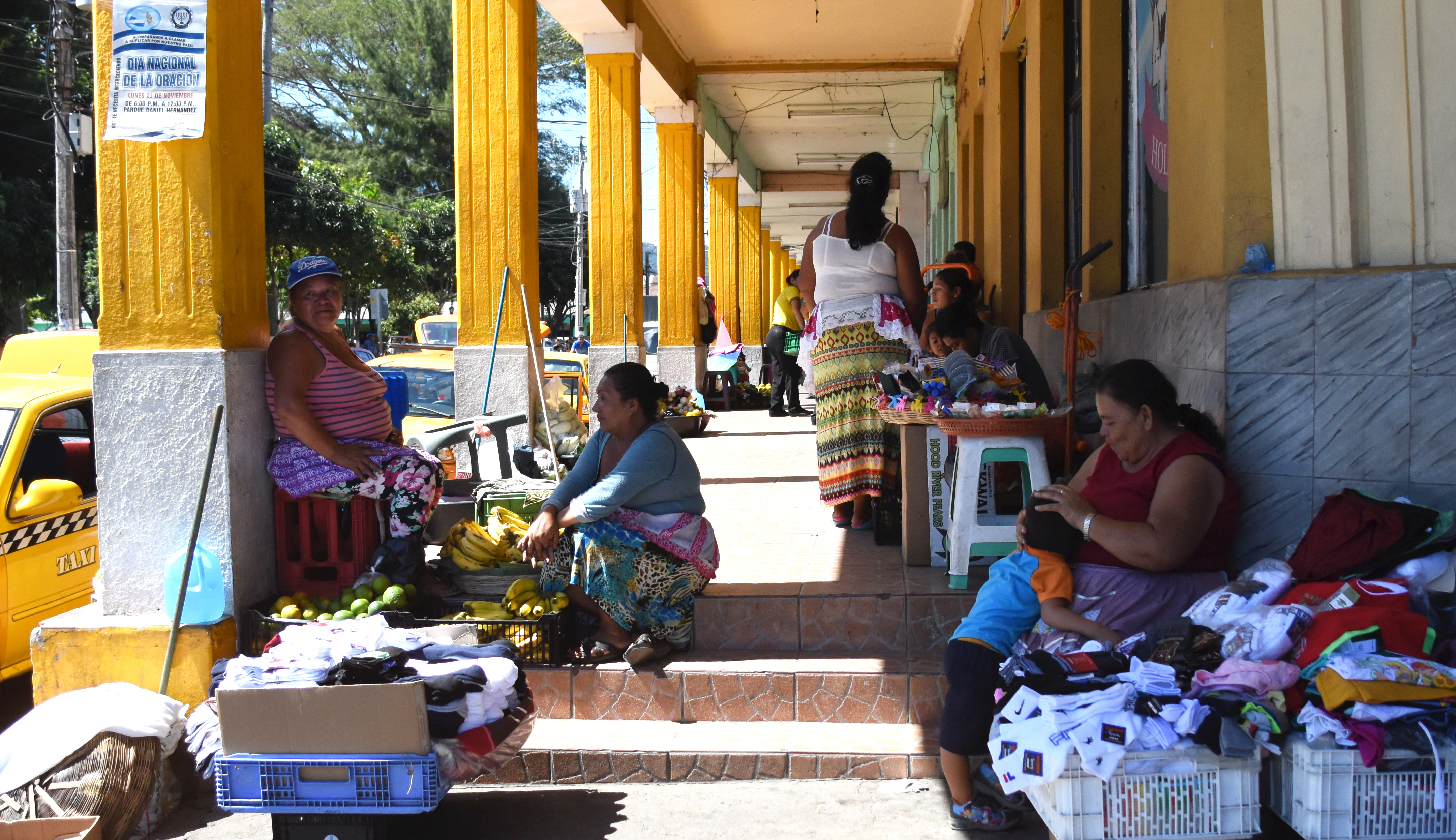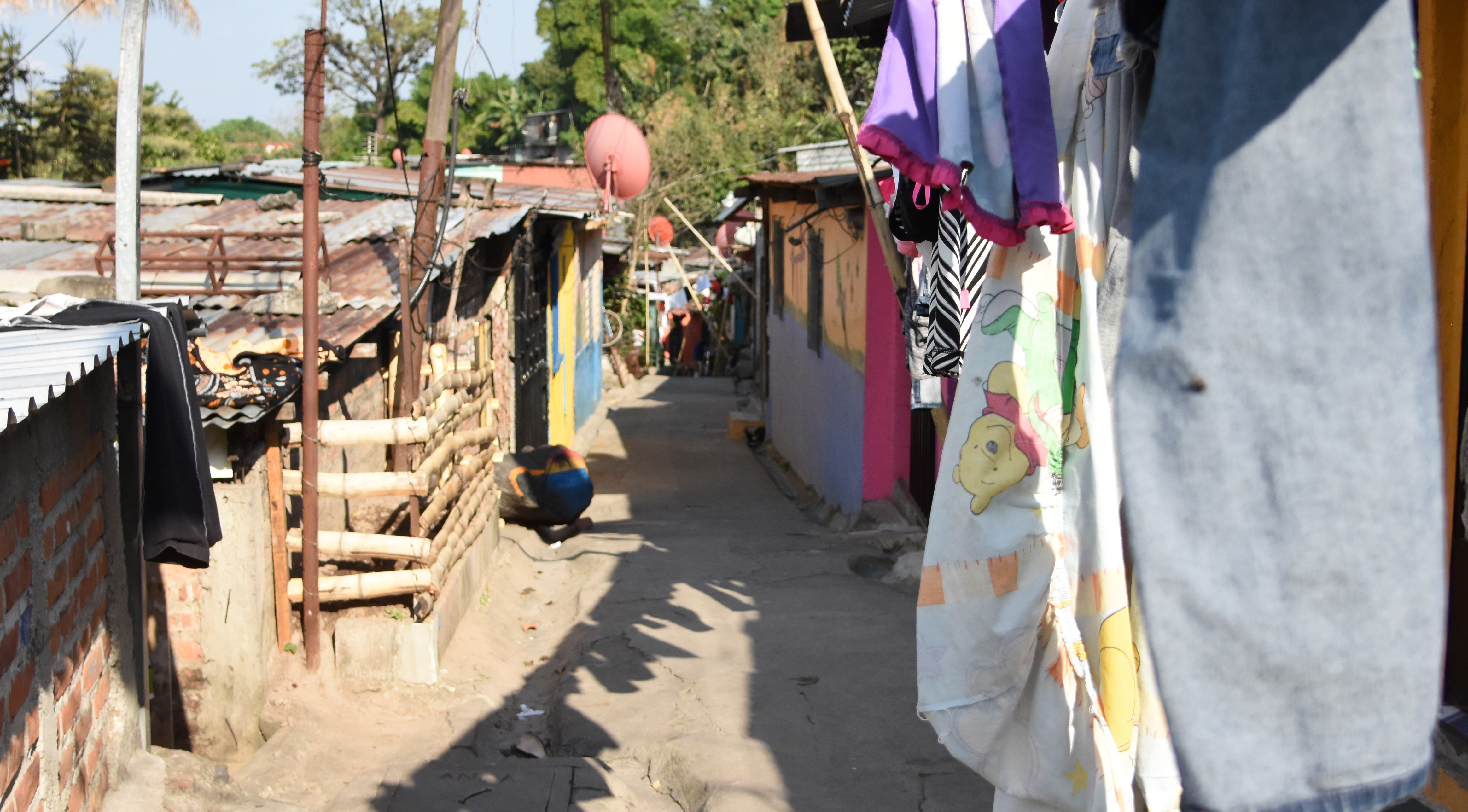- What is the Purpose of LEPINA?
- Because of little education and poverty where do many Salvadorian children end up?
- What are the benefits of living in a children's home?
- How many people in El Salvador live in poverty?
- What is the homicide rate in El Salvador? Compare this to the homicide rates for teenage boys and girls.
- How are government-run children's homes set up?
CCSS.ELA-LITERACY.RI.9-10.6
Determine an author's point of view or purpose in a text and analyze how an author uses rhetoric to advance that point of view or purpose.
Objective
By the end of this lesson, you will be able to decipher the author's point of view, and determine what kind of specific phrasing or words she uses to try and advance her point to the audience.
Introducing the Lesson
In this lesson, you will analyze Kayli Plotner's Pulitzer Center supported reporting project, "Children's Homes in El Salvador." The project is about the impact El Salvador's violence and poverty has on children. The first resource, titled "Where is Home? Children's Rights in El Salvador" explains the El Salvador's child protection laws, using video and text. The second resource, called "El Salvador's Orphans: Broken Homes, Broken Country" uses photos and text to describe poverty's effects on children in El Salvador.
Warm-Up
Discuss the following in teams and be prepared to share with the class.
- If you were to run a orphanage, what services would you provide?
- Of these services rank them in order of importance.
- If you did not have enough money for all of your services, which ones would you drop?
Introducing the Resources
Explore the resources attached. After exploring each resource, answer the accompanying comprension questions.
- What tone does the author convey in her reporting?
- Select passages from the resources to support your argument.
- Do you think El Salvador's child protection laws successful? If not, how would you report on it differently?
Extension Activity
- Create a pro/con list for LEPINA.
- After creating this list come up with five policies El Salvador could enact to reduce the number of "cons." Be sure to explain why you think the policies would work.
<p><span style="color: rgb(74, 74, 74); font-family: azo-sans-web, sans-serif; font-size: 16px; line-height: 28px; background-color: rgb(244, 244, 244);">In the following lesson plan, which is in line with common core standards, students will investigate educational resources in order to understand the issue of Children's homes in El Salvador. Lesson facilitation notes: 1) The lesson plan is written for students to be able to explore the resources independently and reflection exercises independently. 2) Students may need to have an extra sheet of paper, or a blank online document open, to answer the warm up, comprehension and extension questions. 3) The lesson lists several extension exercises. Students could choose one or work through all of the listed exercises. 4) The warm up and post-reading reflections in this lesson could also lead to rich conversations. If you are working through the lesson along with the students and would like to denote moments for interactive activities, click on "Modify this Lesson" to make changes to the student instructions. 5) This lesson can be sent to students electronically by clicking "share" once it is published. From the electronic lessons, students can access the Pulitzer Center reporting by clicking on the links under "Resources". When printing the lesson, the text from the resources will print after the student instructions. 6) With questions about this lesson, contact </span><a href="mailto:[email protected]" style="color: rgb(3, 82, 146); margin: 0px; padding: 0px; border: 0px; font-size: 16px; font-family: azo-sans-web, sans-serif; vertical-align: baseline; text-decoration: none; line-height: 28px; background: rgb(244, 244, 244);" target="_blank">education@<wbr />pulitzercenter.org</a></p>




